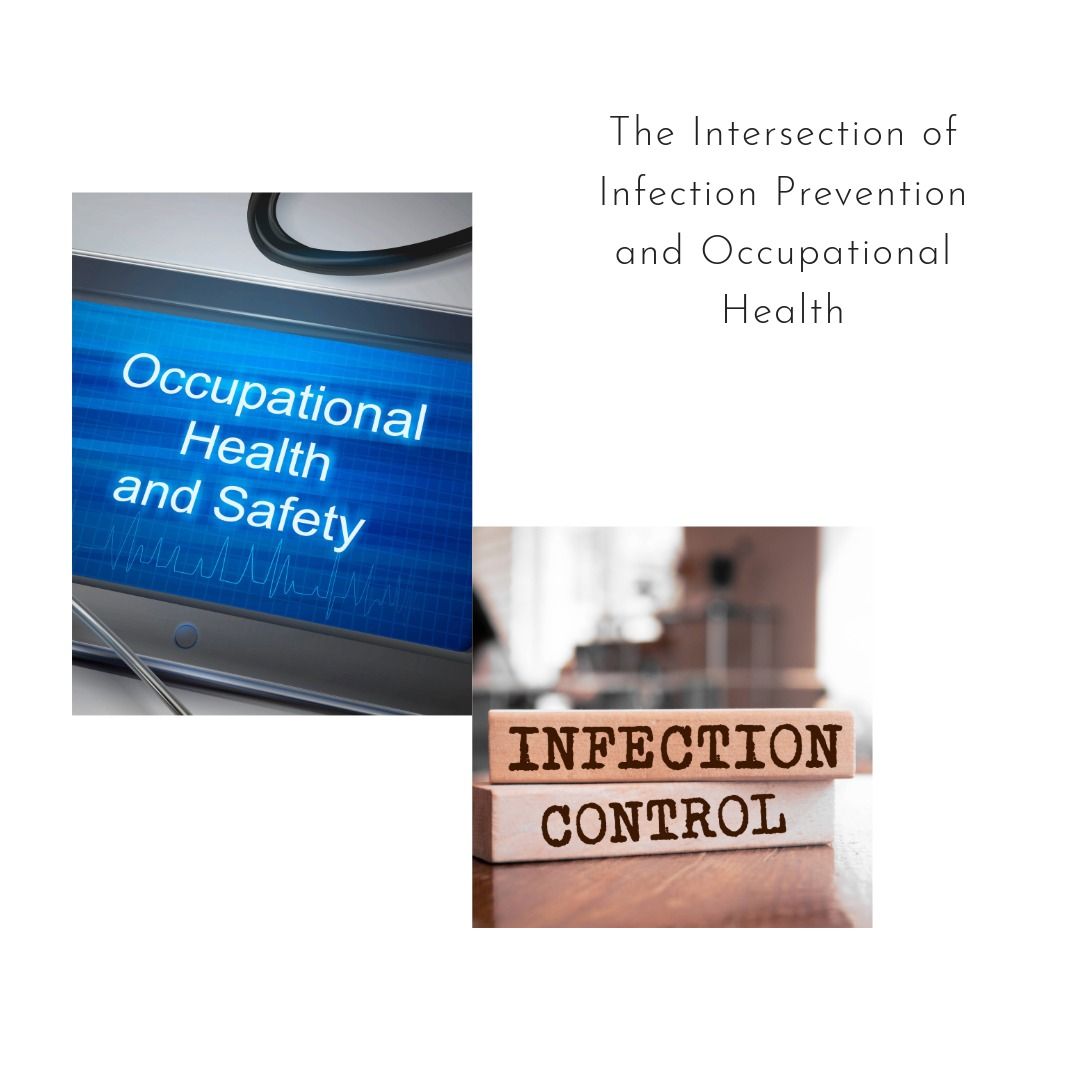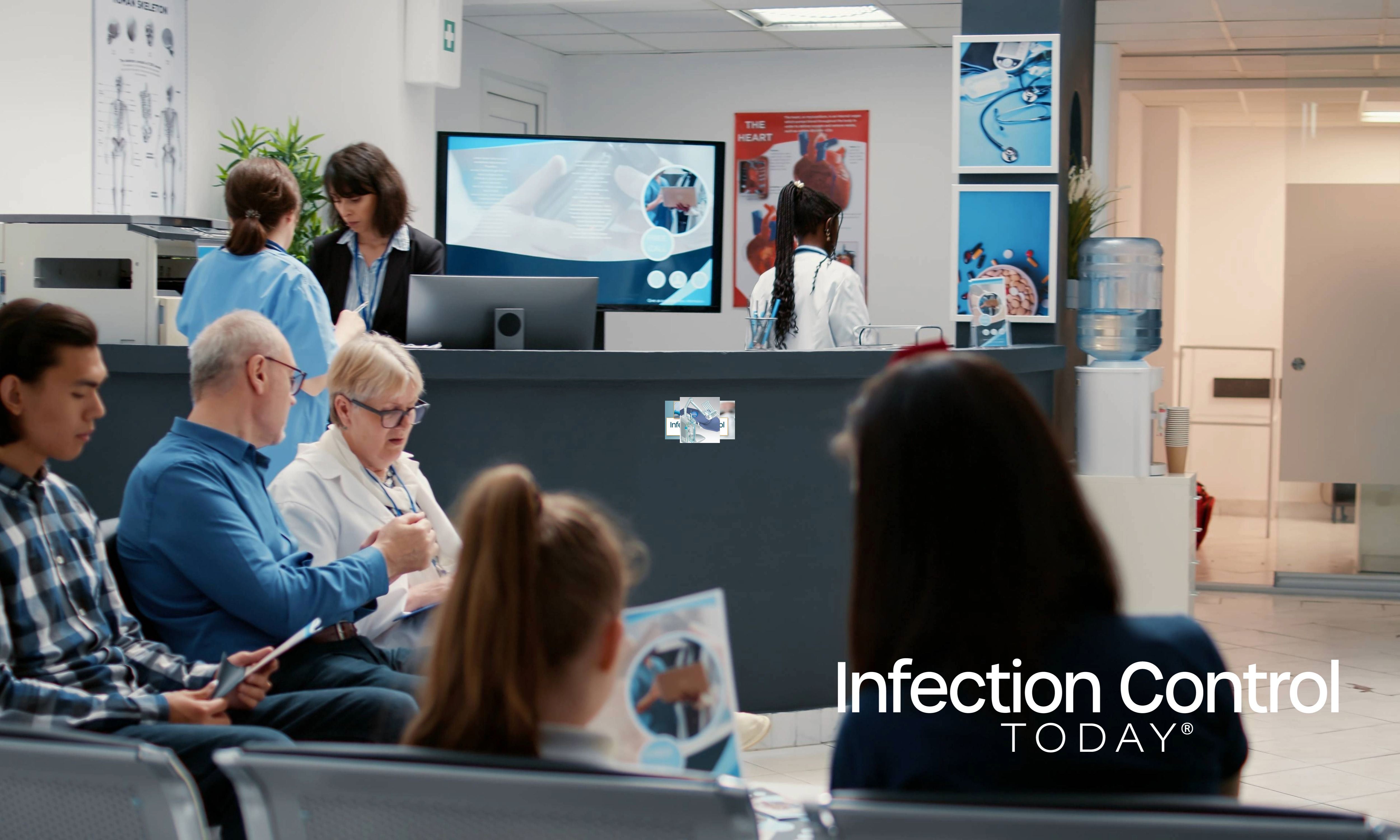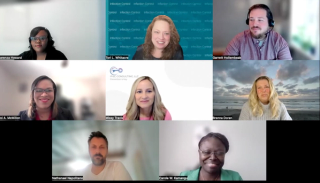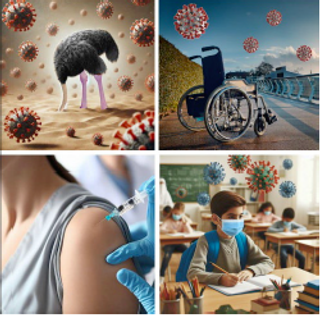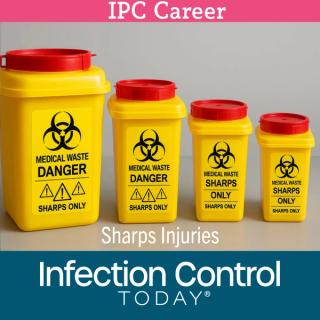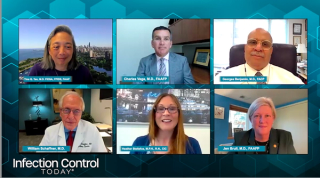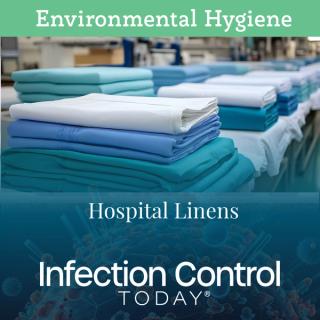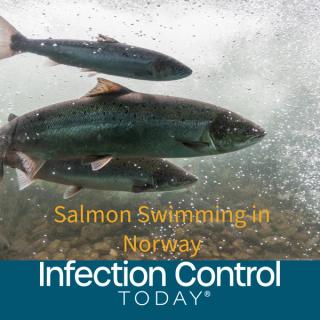
Personal Protective Equipment
Latest News

Latest Videos

More News
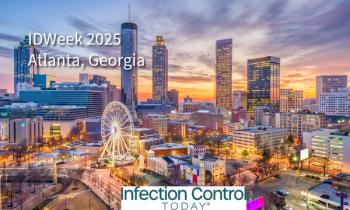
At IDWeek 2025, a Detroit consortium reported a familiar IPC paradox in skilled nursing facilities: Staff know the basics, but practice lags. Inconsistent rub times, dwell times, and respirator seal checks point to behavior-focused training—not more slides—as the next move.
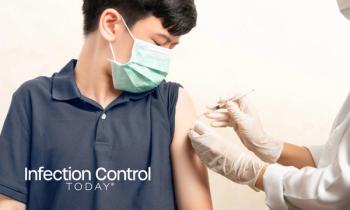
Fear of vaccine-related myocarditis is narrowing guidance, but the evidence is clear: COVID-19 infection triggers more myocarditis than vaccination, early doses cut pediatric long COVID, and myocarditis appeared in 2020—before vaccines existed. This piece restores the full risk–benefit picture.

As the days get colder, with CDC’s school guidance, now is the time for schools to double down on air quality, hygiene, and infection prevention to protect students and staff.
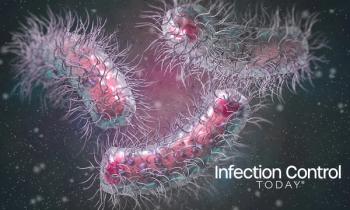
This is the second of a 2-part conversation with CDC epidemiologist Danielle Rankin, PhD, MPH, CIC. In this installment, she dives into practical infection prevention strategies, surveillance challenges, and the urgent need for mechanism-specific testing as NDM-CRE surges in US health care settings.

A deadly Ebola outbreak has resurfaced in the Democratic Republic of the Congo, and while US risk remains low, the CDC and the WHO are urging the public and health care workers to stay on high alert.
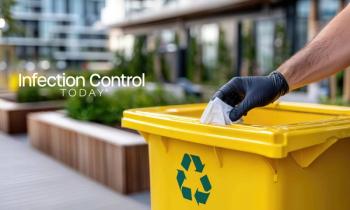
From patient safety to climate impact, infection preventionists are change makers. A new study highlights how IPs can champion sustainability without compromising infection control.

Candida auris is a fast-spreading, multidrug-resistant fungus that demands vigilance. Infection preventionists must cut through myths with evidence-based action to protect patients and facilities.
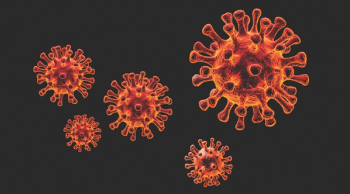
"Although the virus itself remains a threat, misinformation about COVID-19 has become a parallel epidemic, one that undermines public health efforts and endangers lives."

Check out the latest print edition of Infection Control Today: September/October 2025.

In a historic Senate hearing, HHS Secretary Robert F. Kennedy Jr. faced bipartisan fury over vaccine misinformation, as public health leaders demanded his resignation to protect science and safety.
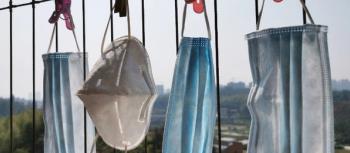
Public health is under attack. The CDC shooting underscores how misinformation fuels mistrust and danger. In this climate, evidence-based protections like masking aren’t optional—they’re essential. Layered strategies remain our best defense against deadly pathogens.
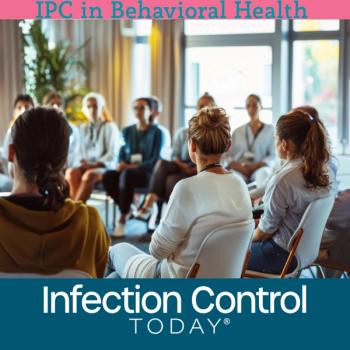
Infection prevention in behavioral health isn't one-size-fits-all. From PPE to hand hygiene, unique risks demand tailored solutions. Learn how to protect patients and staff safely and effectively.

Join global leaders in infection prevention, pandemic response, and public health strategy at the Health Watch USA 20th Annual Conference. This is your chance to gain actionable insights on emerging pathogens, vaccine misinformation, and antibiotic resistance, while earning CE credits at no cost. Don’t wait; Be part of the solution.
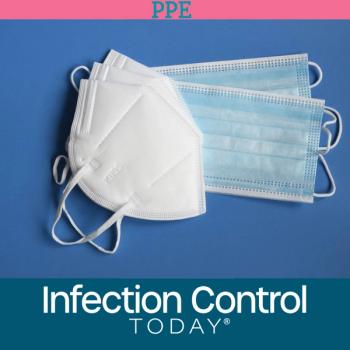
Once a symbol of crisis, face masks have evolved into everyday essentials—driven not only by pandemic preparedness but by rising air pollution, cultural shifts, and workplace safety regulations. As innovation and demand grow worldwide, the protective face mask market is poised for long-term expansion well beyond COVID-19.
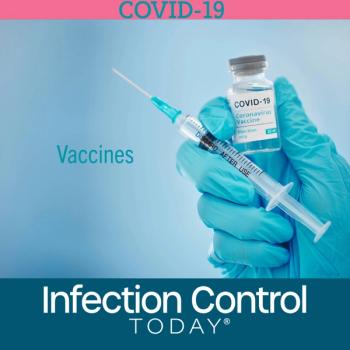
As the FDA limits COVID-19 vaccine approvals to high-risk groups, healthy adults and pregnant individuals are being left behind. Learn how these changes could impact insurance coverage, long COVID prevention, and public health strategies.

Discover how AI-powered sensors, smart surveillance, and advanced analytics are revolutionizing infection prevention in the OR. Herman DeBoard, PhD, discusses how these technologies safeguard sterile fields, reduce SSIs, and help hospitals balance operational efficiency with patient safety.
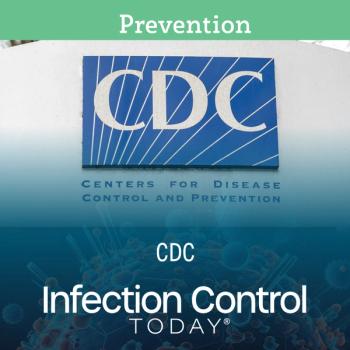
With avian influenza A(H5N1) infections surfacing in both animals and humans, the CDC has issued updated guidance calling for aggressive monitoring and targeted testing to contain the virus and protect public health.
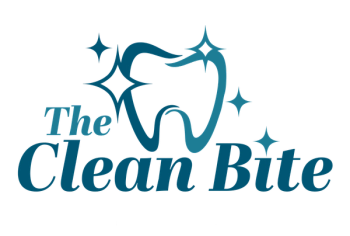
Patients rarely question sterilization protocols at the dentist, yet it is essential for safety. The Clean Bite explores why asking matters, what to look for, and how to start the conversation confidently.

Dental infection control expert Sherrie Busby tackles PPE missteps, from chin-bra masks to cropped lab coats, reminding dental teams that proper protection is crucial, not optional.
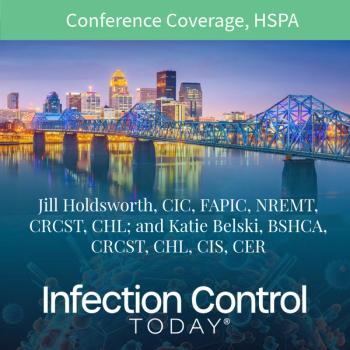
In the heart of the hospital, decontamination technicians tackle one of health care’s dirtiest—and most vital—jobs. At HSPA 2025, 6 packed workshops led by experts Jill Holdsworth and Katie Belski spotlighted the crucial, often-overlooked art of PPE removal. The message was clear: proper doffing saves lives, starting with your own.
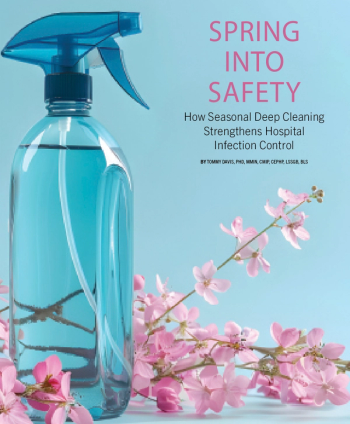
Rooted in ancient rituals of renewal, spring-cleaning has evolved from cultural tradition to a vital infection prevention strategy in modern hospitals—one that blends seasonal deep cleaning with advanced disinfection to reduce pathogens, improve air quality, and protect patients.

When an unclear airborne isolation order disrupted patient care, one infection preventionist had to unravel entrenched practices and prioritize safety, communication, and staff trust.

As infection prevention infrastructure unravels, professionals face déjà vu from the pandemic’s darkest days—making resilience not just important, but essential for survival and progress.

The disbanding of HICPAC has left infection prevention experts scrambling to preserve national standards and ensure continuity amid growing concern over science-driven public health policy. Connie Steed, MSN, RN, CIC, FAPIC, speaks with ICT.

The abrupt disbanding of HICPAC silences decades of infection control expertise, leaving health care workers without unified guidance as deadly threats to patient safety rise.


